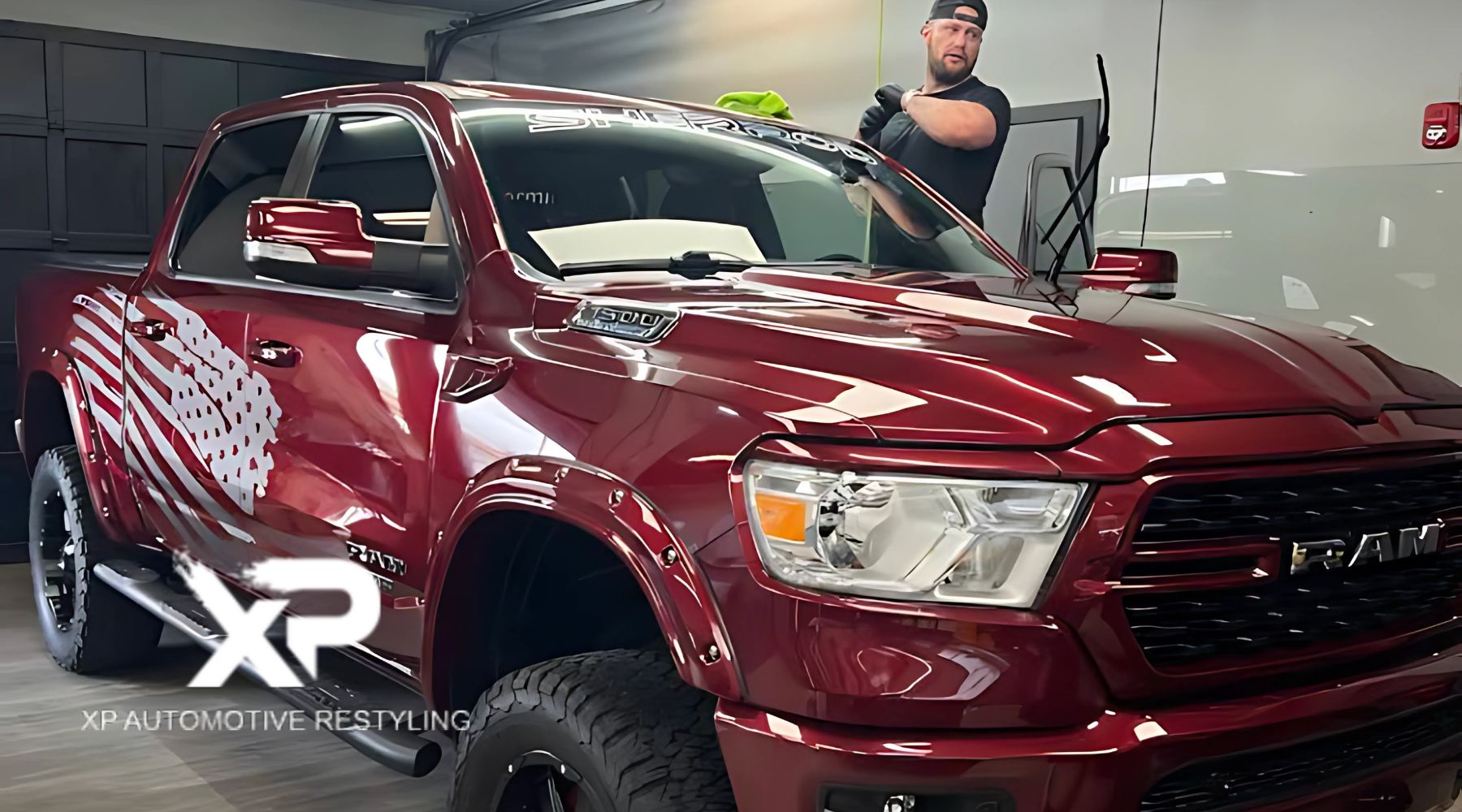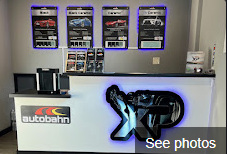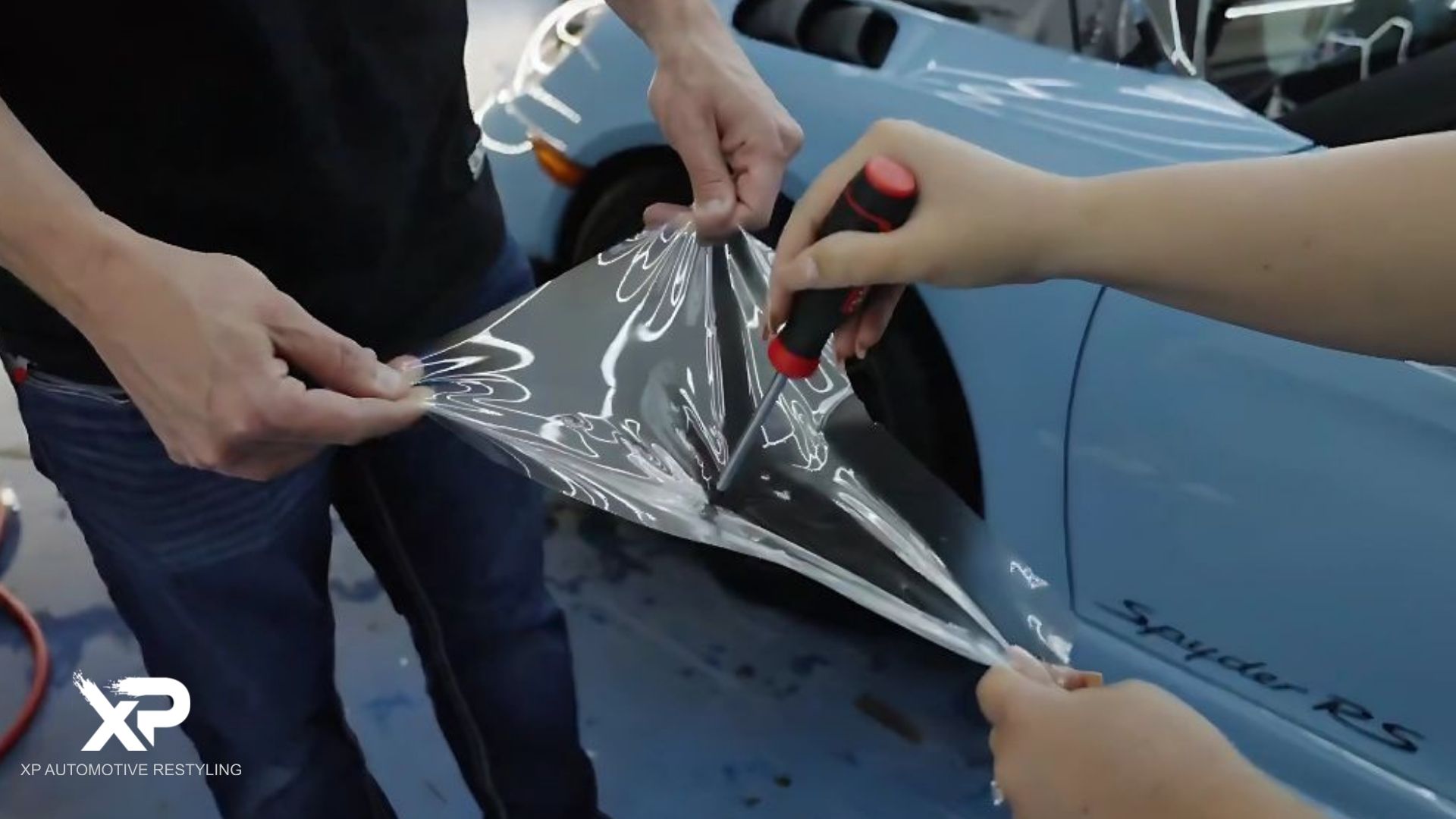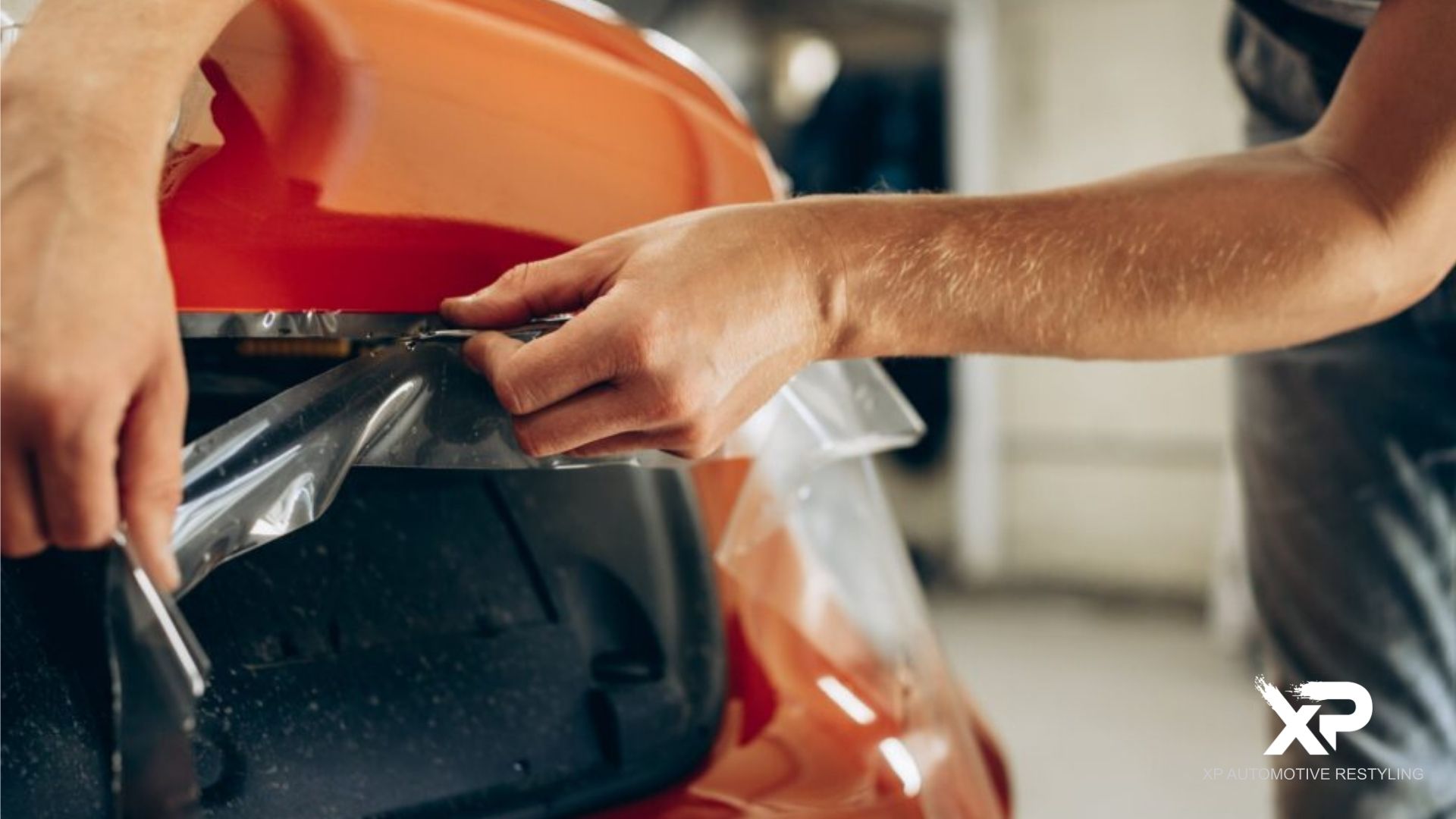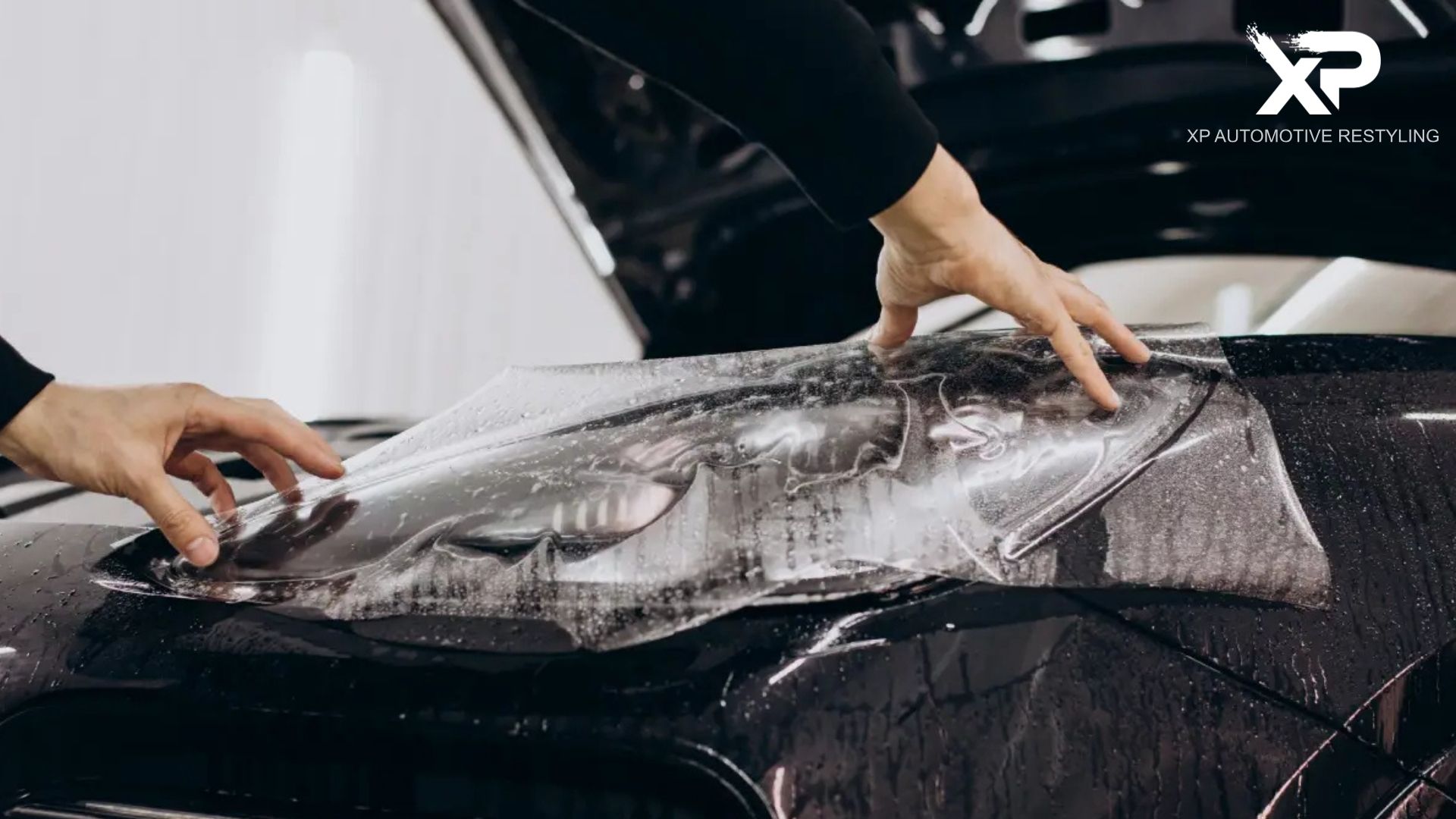If you’re a car owner in Southampton, PA, you know how unpredictable the weather can be—from salty winter roads to hot summer sun. Protecting your vehicle’s paint isn’t just about keeping it shiny; it’s about long-term preservation and value. That’s where ceramic coating comes in.
But what is ceramic coating, exactly? In this guide, we’ll break it down in simple terms—what it does, how it works, its benefits, and why it might be the smartest investment you make for your vehicle.
Understanding Ceramic Coating: The Basics
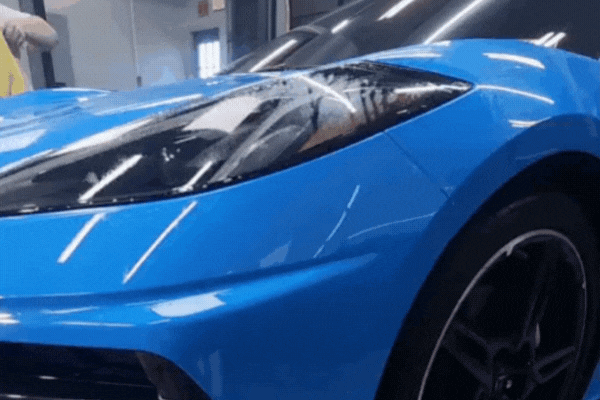
Ceramic coating is a liquid polymer applied to a car’s exterior to provide a durable, long-lasting layer of protection. Unlike waxes or sealants that sit on top of your car’s paint and wear off quickly, ceramic coating bonds with the paint on a molecular level.
Once cured, it creates a semi-permanent shield that defends against dirt, chemicals, UV rays, and environmental pollutants.
It’s a favorite among car enthusiasts and professionals alike for its durability, shine, and low maintenance. Many now refer to it as a nano ceramic coating due to the microscopic particles that help fill in paint pores, creating a smooth and resilient finish.
How Does Ceramic Coating Work?
The secret to ceramic coating’s strength lies in its nanotechnology. When applied, the liquid coating seeps into the microscopic imperfections of your car’s paint and forms a hydrophobic (water-repellent) barrier once cured. This barrier is highly resistant to:
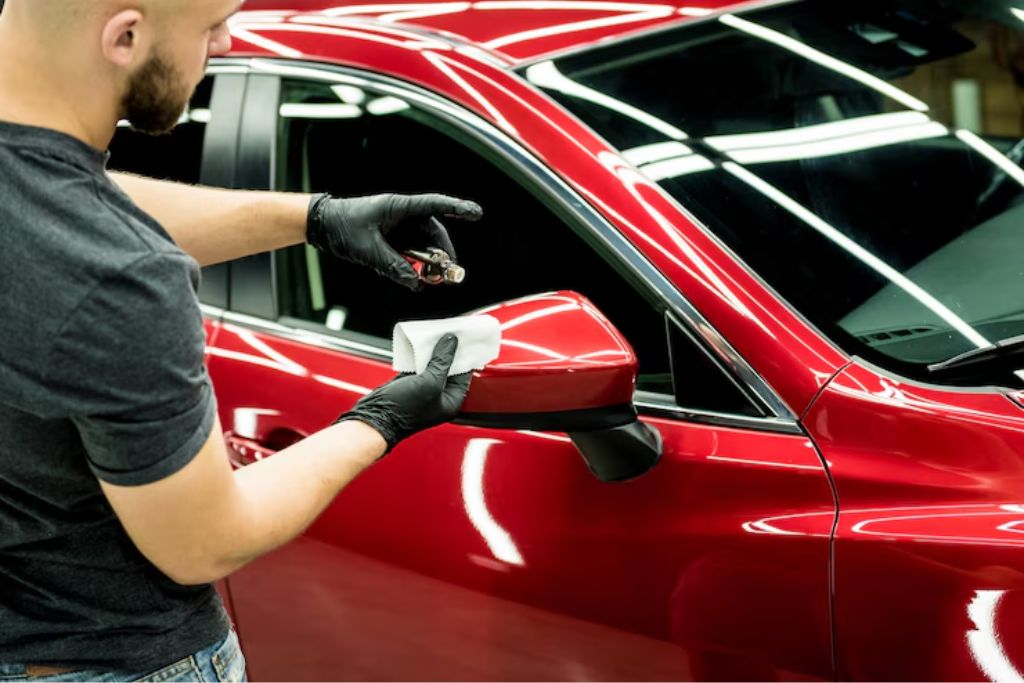
- UV damage
- Acidic contaminants
- Water spotting
- Bird droppings
- Minor scratches and swirl marks
Essentially, your car gains a second skin—protecting the clear coat underneath while maintaining a long-lasting car shine and enhancing paint depth and gloss.
The Benefits of Ceramic Coating for Car Owners
You might be wondering, “Is ceramic coating worth it?” Here’s why thousands of car owners are making the switch:
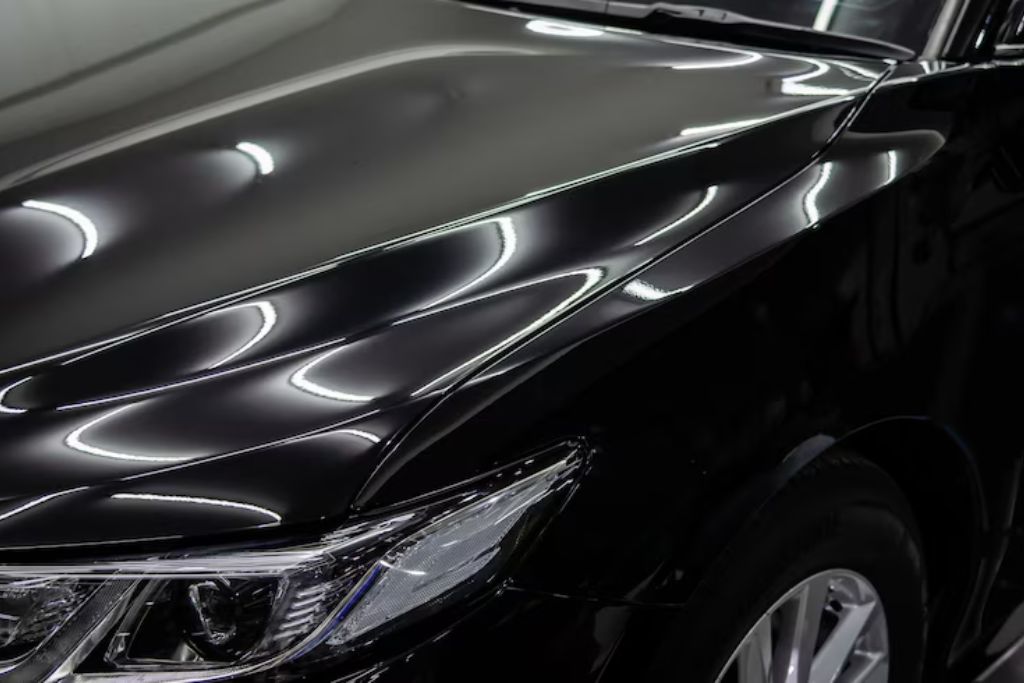
1. Exceptional Paint Protection
Protects against oxidation, rust, and corrosion from road salt, acid rain, and environmental exposure—perfect for Pennsylvania’s seasonal changes.
2. Hydrophobic Magic
Water, mud, and grime bead up and roll off. This hydrophobic coating makes washing faster and less frequent.
3. UV and Chemical Resistance
Blocks harmful UV rays and resists chemical etching from contaminants like tree sap, bug splatter, and bird droppings.
4. Scratch and Swirl Resistance
Adds a hard, slick surface that increases resistance to light scratches and swirl marks caused by washing.
5. Gloss Enhancement
Delivers a deep, mirror-like finish that enhances color and gloss, keeping your car looking showroom-ready.
The Ceramic Coating Process at XP Automotive Restyling
At XP Automotive Restyling, ceramic coating is both an art and a science. Here’s what their professional process includes:
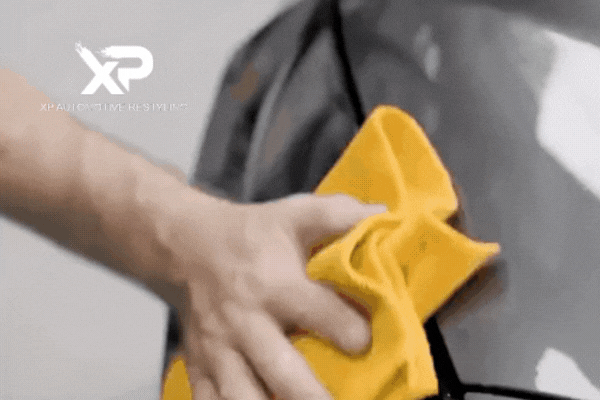
Step 1: Paint Correction
XP technicians remove imperfections like swirl marks, oxidation, and scratches to ensure a flawless surface.
Step 2: Surface Preparation
The car is washed, decontaminated, and stripped of wax or oils to allow for optimal bonding.
Step 3: Application and Curing
Using Autobahn™ nano ceramic coatings, the product is applied evenly, panel by panel. It’s then cured under controlled conditions to form a durable, scratch-resistant coating.
✅ Want to keep your ceramic coating looking fresh? Check out our Expert Tips on Ceramic Coating Maintenance in Southampton, PA.
Ceramic Coating vs. Wax vs. Paint Protection Film
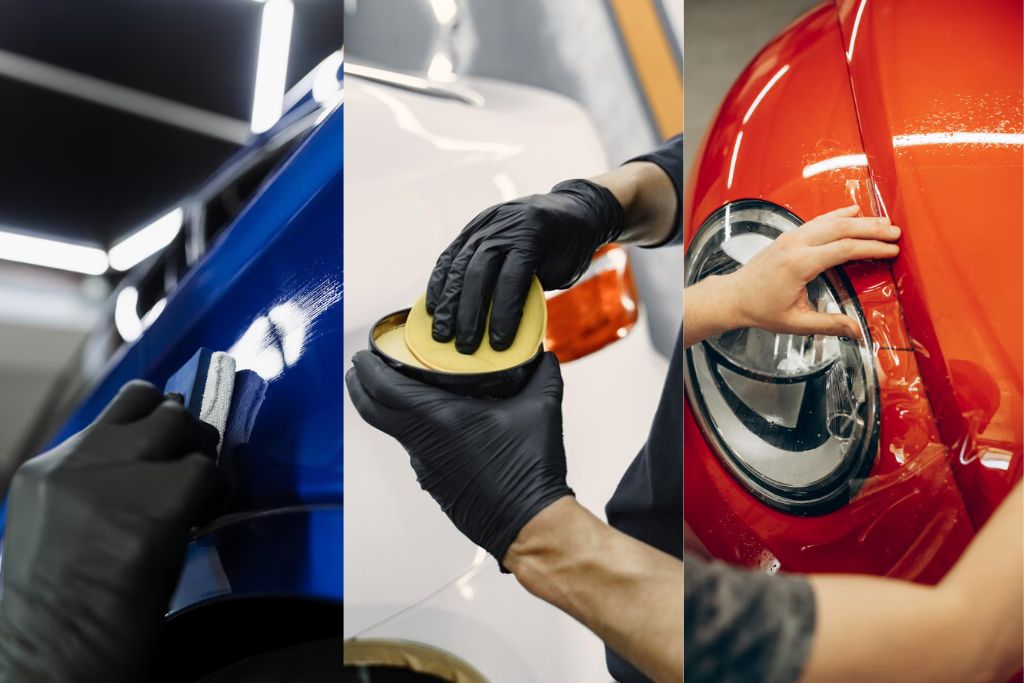
Still unsure how ceramic coating compares to other paint protection options? Here’s a quick comparison:
Feature | Ceramic Coating | Wax | Paint Protection Film (PPF) |
Durability | 2–5 years | Weeks to months | 5–10 years |
Protection | UV, chemical, swirl | Basic gloss | Impact, chips, scratches |
Maintenance | Low | Frequent reapplication | Moderate |
Appearance | Deep gloss | Glossy but fades | Slight shine |
➡️ Some car owners combine ceramic coating with PPF for enhanced protection. Learn more about this approach in The Benefits of Combining Paint Protection Film and Ceramic Coating.
Elevate Your Ride with
Premium Protection
No matter which option you choose, XP Automotive Restyling ensures a seamless installation process that meets all local regulations in Southampton, PA.
How Long Does Ceramic Coating Last?
When professionally applied and properly maintained, ceramic coating can last 2 to 5 years—or longer. Its lifespan depends on:
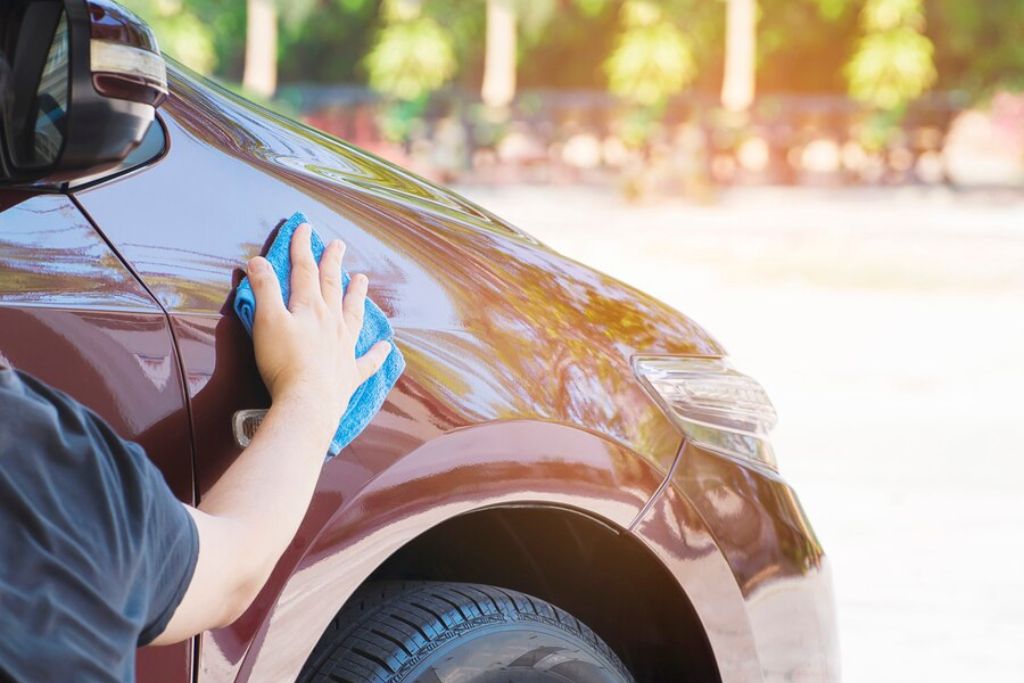
- Driving habits (frequent highway or winter driving can wear coatings faster)
- Climate exposure (sun, snow, and salt increase wear)
- Maintenance routines (regular washing and inspection are key)
At XP Automotive Restyling, premium-grade coatings are used to ensure maximum durability and protection. With proper care, your coating can exceed 5 years.
💡 Think of ceramic coating as long-term protection—care for it right, and it pays off in performance and appearance.
What Does Ceramic Coating Cost in Southampton, PA?
Ceramic coating is an investment in your vehicle’s longevity and aesthetics. In Southampton, PA, the typical price ranges from $800 to $2,000+, depending on:
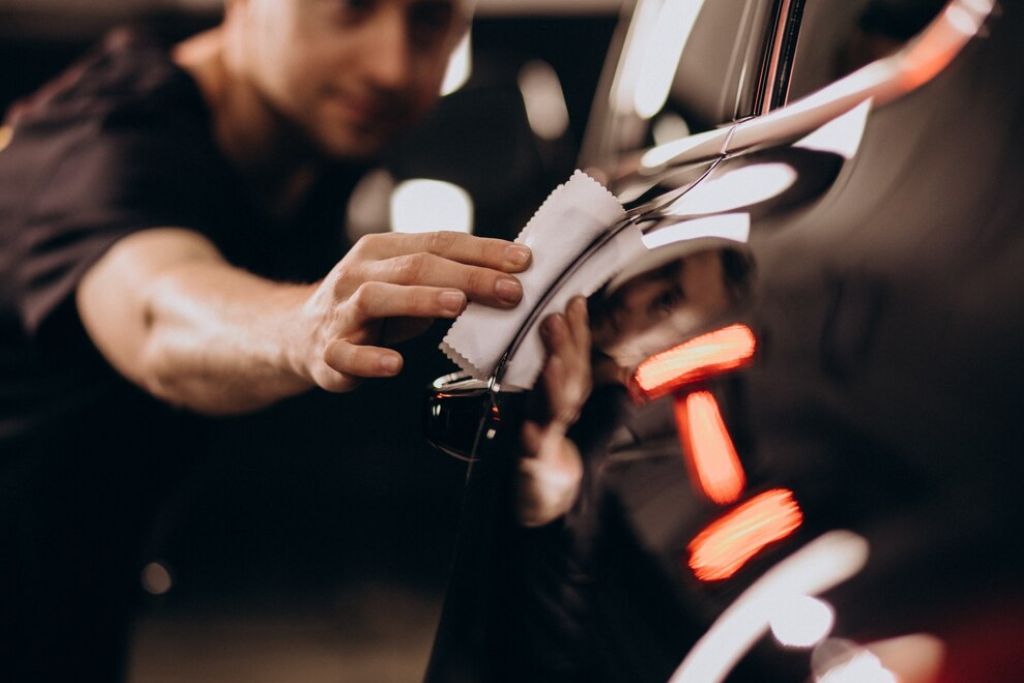
- Vehicle size – Larger cars, SUVs, or trucks require more labor and product
- Paint condition – Heavily scratched or oxidized paint needs more prep work
- Number of layers – More layers = stronger protection and deeper gloss
- Quality of materials – XP uses premium products that outperform standard options
While it may seem like a big upfront cost, it saves money long-term by reducing the need for detailing and paint correction.
💡 Thinking long-term? Learn why ceramic coating is a cost-effective protection method.
Why Southampton Car Owners Trust Ceramic Coating

With its blend of icy winters and sunny summers, Southampton’s climate can be brutal on vehicle paint. That’s why local car owners turn to XP Automotive Restyling—a trusted expert in vehicle surface protection.
💬 See how ceramic coating performs in snow, salt, and cold weather in our winter protection blog.
Maintaining Your Ceramic Coating: Keep It Performing Like New
Applying ceramic coating is only the beginning—maintenance ensures it performs for years.

1. Wash Your Vehicle Regularly
- Frequency: Every 1–2 weeks
- Use the two-bucket method
- Choose pH-neutral shampoo made for ceramic coatings
- Avoid abrasive brushes or automatic car washes
2. Dry Properly
- Use microfiber towels or a touchless blower
- Prevent water spots by drying immediately
3. Perform Routine Inspections
- Check for beading, slickness, or contaminants
- Consider a decontamination wash every few months
4. Use a Ceramic Boost Spray
- Helps refresh hydrophobic properties
- Acts like a “conditioner” for your coating
- XP Automotive Restyling offers recommended aftercare products
5. Schedule an Annual Coating Check-Up
- Inspect and refresh your coating with the XP team
- Reapply top layers as needed
- Especially helpful for vehicles exposed to winter road salt
6. Know What to Avoid
- Avoid abrasive polishes and acidic cleaners
- No need to wax over ceramic—it can dull the finish
🔧 Need personalized care tips? Talk to the XP Automotive Restyling team for expert advice tailored to your vehicle and routine.
Final Thoughts: Is Ceramic Coating Worth It?
If you care about your vehicle’s appearance, value, and protection—ceramic coating is absolutely worth it. When applied by trusted local experts like XP Automotive Restyling, you’ll enjoy a better-looking, better-protected ride for years to come.
👉 Ready to protect your ride? Request your free quote today and give your vehicle the treatment it deserves.
FAQs: Quick Answers to Common Questions
Why is the hydrophobic property of ceramic coating beneficial for vehicles?
It causes water, dirt, and grime to bead and slide off—reducing buildup and water spots.
Why is a professional application recommended?
DIY kits lack the durability, technique, and precision that professionals like XP Automotive Restyling offer.
Why does ceramic coating help maintain a car’s aesthetic appeal?
It keeps your car looking glossy and fresh while shielding it from fading, etching, and surface damage.
